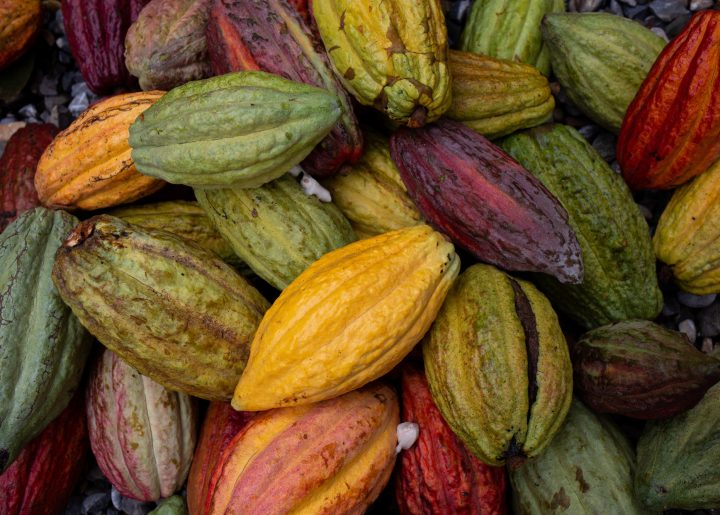Fairtrade is global
Fairtrade connects farmers in Latin America & the Caribbean, Africa & the Middle East, Asia and Asia Pacific with businesses and consumers in the US—and all of the traders and manufacturers in between. We specifically work with producers outside of the US who grow products like bananas, coffee and cocoa.
How does Fairtrade work?
Fairtrade puts more money into the hands of farmers and workers through a unique pricing model, sets and monitors rigorous standards at every step of the supply chain, supports producers through local and regional expert networks, and creates demand for ethical goods in countries like the US.
Let’s take a look at the unique pricing model:
- The Fairtrade Minimum Price is a price floor that serves as a buffer against market volatility. When the market price is higher than the Fairtrade Minimum Price, fantastic–that’s what farming cooperatives receive! But when the market drops, the Fairtrade Minimum Price provides some financial stability in their operations. For context, the Fairtrade Minimum Price for coffee was activated 53% of the time between 2011 and 2022. And in Côte d’Ivoire (where 73% of all Fairtrade cocoa comes from), the Fairtrade Minimum Price has been activated in seven of the last ten cocoa harvests.
- The Fairtrade Premium is a sum of money that farming cooperatives earn on top of the selling price whenever they are able to sell their products on Fairtrade terms. These funds are invested democratically according to the priorities of the community–because farmers know best what they need–be it covering school fees for the children of workers, installing an aqueduct, purchasing farming equipment or disbursing cash payments to farmers.


Why do we need fair trade?
Farming is the single largest industry in the world—employing over one billion people. Yet, many farmers live on $2 per day. This is not enough. Poverty is the root of many social and economic injustices that people in agricultural and rural communities face.
This problem is not new. The injustices that farmers face exist because of historical inequalities and injustices, many of which were solidified during the Colonial era and continue to the present day.
The system basically uses trade as a tool, making trade fair to achieve a bigger dream, a bigger goal, and it's all about communities, about better living conditions, giving back to the farmers and putting them on the world map.
Gabrielle Oti, Papua New Guinea
Get Involved
Make fair trade part of your everyday life. Find out how you can get involved in the movement to make trade equitable and sustainable.
Join the movement




